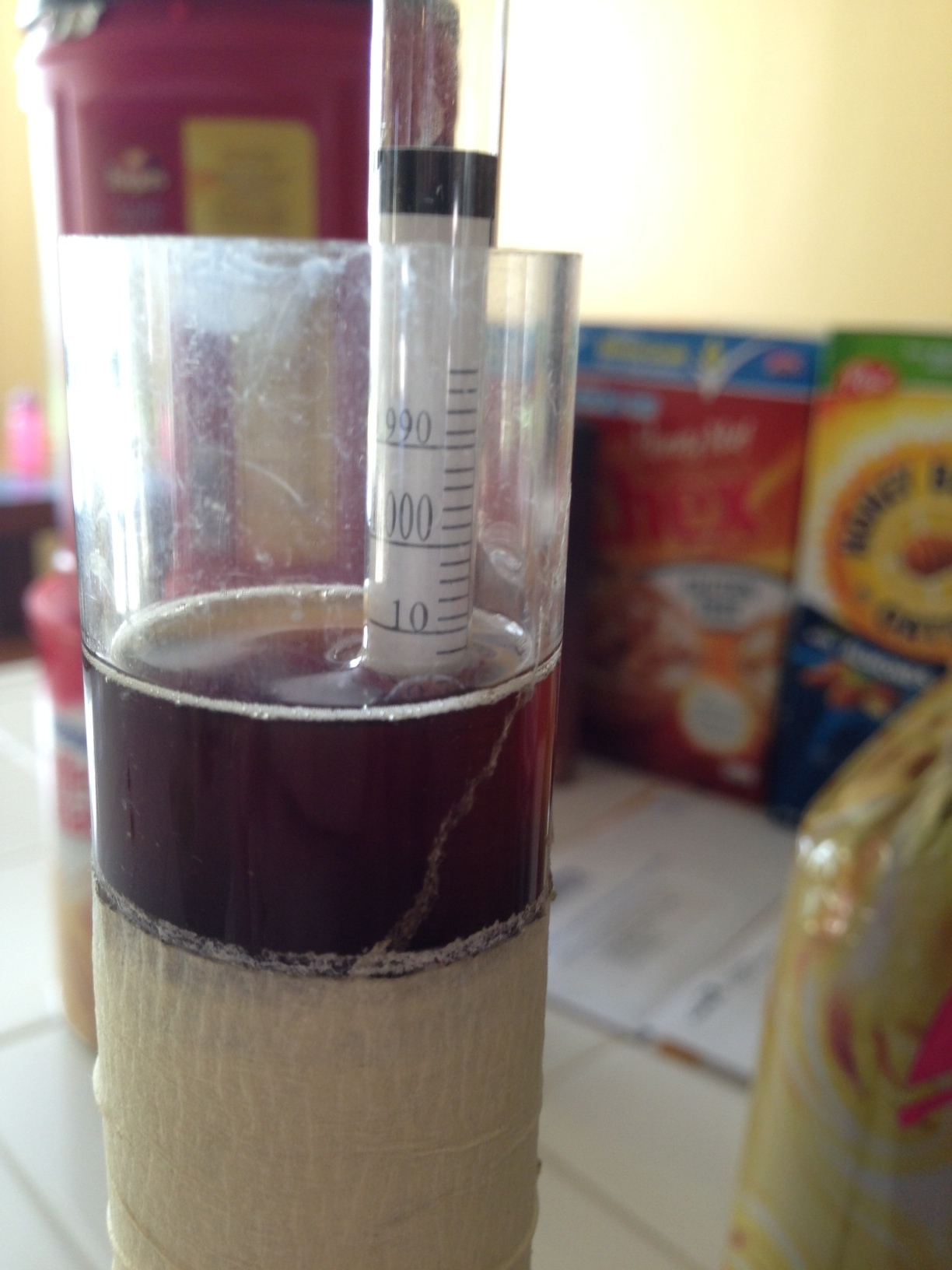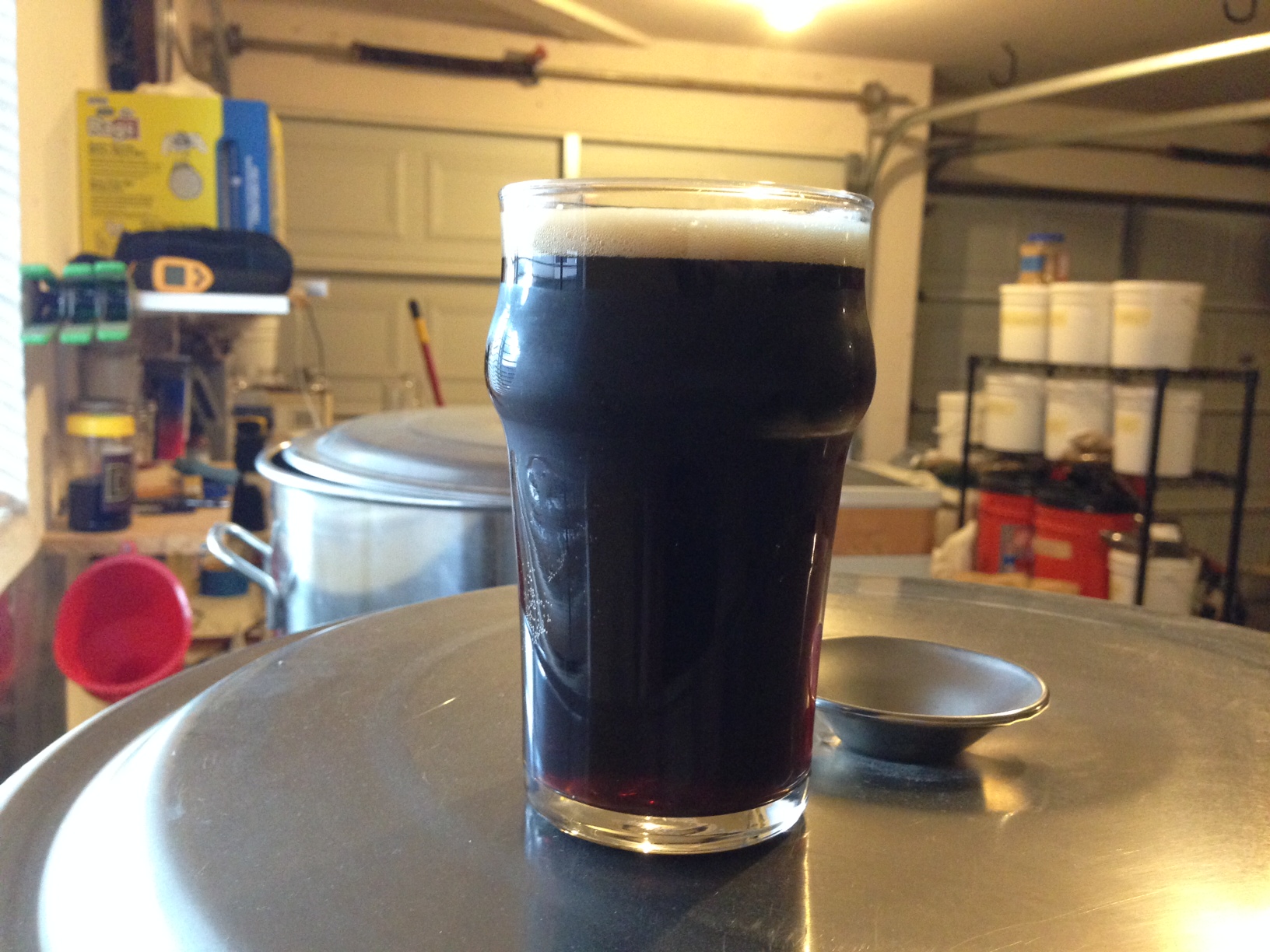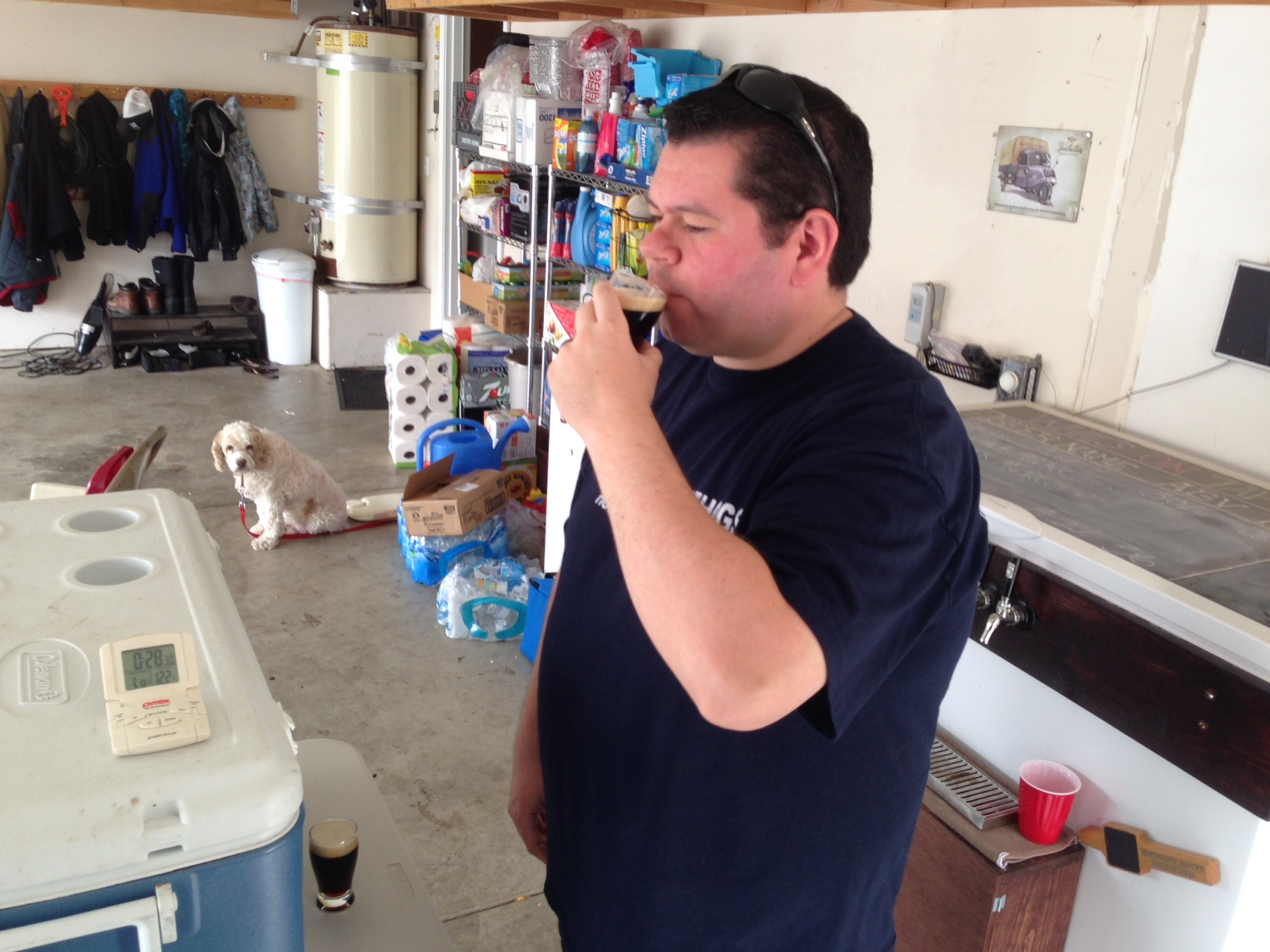Author: Marshall Schott
A buddy of mine, Tommy, opened his own brewery just over a year ago, House of Pendragon Brewing Company. He isn’t just some untrained homebrewer who haphazardly decided to go pro because he won a bronze in a local fair competition. This dude actually worked in the brewing industry and received training via the Siebel Institute prior to venturing out on his own. While he has myriad hop-forward offerings such as Lancelot IPA and Hydra IIPA, both truly delicious, one of my favorite beers he makes is a pitch black Schwarzbier called Dark Magic. Hanging out at the brewery one Friday night, Tommy pulled me a sample of some Dark Magic off of the brite tank, it was as good as I expected. I told him I was looking forward to his taproom opening in April so that I could drink Dark Magic whenever I wanted… this is when he informed me he likely wouldn’t be selling this beer in the taproom, at least to start, his reasoning being that with the high demand, he’ll have to serve mainly beers he can turnaround within 4 weeks. This lager beer took him 8 weeks to make.
Wanna guess what my first thought was? I offered to take his exact recipe, scaled to my system, and using the quick lager method I’ve been promoting, serve him a delicious version of Dark Magic within 4 weeks time. He agreed, hooked me up with some ingredients, and I was off to the races.
The day prior to brewing, with a huge starter of WLP830 spinning on the stir plate, I thought this might also make for a good opportunity to compare a couple yeasts. I had heard that Fermentis 34/70 was the same strain as WLP830, both sourced from Weihenstephaner in Germany. Another fun experiment was born!
Brew day went as planned, I overshot my OG by .002 points, not a huge deal. I harvested some 830 from the starter the day prior to brewing, it had been cold crashing for about 24 hours before I decanted and pitched. Two packets of 34/70 were rehydrated in about 500 mL pre-boiled water for about 45 minutes prior to being pitched. Here’s how fermentation went:
3/2/14 – 3:00 PM: Yeast pitched into 48°F wort, regulator set to 50°F
3/3/14 – 10:00 AM: WLP830 batch very active, 34/70 just starting to form bubbles
3/3/14 – 7:30 PM: 34/70 batch active
 3/6/14 – 5:00 AM: Regulator bumped to 55°F
3/6/14 – 5:00 AM: Regulator bumped to 55°F
3/6/14 – 5:00 PM: Regulator bumped to 60°F
I left for a trip to Disneyland the night of 3/6 and the beers stayed at 60°F until I returned on 3/10
 3/10/14 – 3:00 PM: Regulator bumped to 65°F
3/10/14 – 3:00 PM: Regulator bumped to 65°F
3/12/14 – 5:00 AM: FG checked (reached for both), no diacetyl, regulator lowered to 60°F


3/12/14 – 5:00 PM: Regulator lowered to 55°F
3/13/14 – 5:00 AM: Regulator lowered to 50°F
3/13/14 – 5:00 PM: Regulator lowered to 45°F
3/14/14 – 5:00 AM: Regulator lowered to 40°F
3/14/14 – 12:00 PM: Regulator lowered to 35°F
3/14/14 – 10:00 PM: Regulator lowered to 30°F
3/16/14 – 6:00 AM: Beers kegged and put on 30 psi CO2 3/17/14 – 6:00 PM: CO2 reduced to 12 psi
3/17/14 – 6:00 PM: CO2 reduced to 12 psi
3/22/14 – 5:00 PM: Pulled some beer from each keg, both were clear and carb’d


The blind tasting by some of my pals commenced last Saturday, March 30, exactly 4 weeks after brewing the beers. Most of the guys had tasted House of Pendragon’s original Dark Magic, so they had something to compare it to.
The Verdicts
Obviously, I had been tasting the beers regularly prior to having anyone else taste them, which led me to my own conclusions. While the primary goal was to reproduce Dark Magic to prove to Tommy he could make this delicious beer for his taproom in 4 weeks, I was also interested in any similarities and differences between two supposedly similar strains. Each taster was poured an equal amount of each beer without knowing which one was which, they were labelled A (830) and B (34/70). They were aware of the yeast experiment and the ultimate goal of turning HoP’s beer around quickly. I simply asked for their opinions on each beer and, for fun, to try to identify which yeast was used in each beer. Here’s what the tasters said:
Taster 1: “B seems a little fruitier and sharp than A, which has a creamier mouthfeel, it tastes more like I’d expect a Schwarzbier to taste. I like A better, but they’re both very good.” This taster accurately identified the yeast used for each beer.

Taster 2: “They taste almost exactly the same, I’m not sure I can tell a huge difference, but I like B a little better, it’s crisper and easier for me to drink. They’re so close, I’m not sure I could really tell the difference.” This taster accurately identified the yeast used for each beer.
Taster 3 (President of San Joaquin Worthogs): “I’m pretty certain A is the beer fermented with 830, it’s creamier and just tastes better, very good. B comes across as fruitier, more esters than A, it’s pretty noticeable. I’d drink B, but A is definitely the one I like better.” This taster accurately identified the yeast used for each beer.

Taster 4: “I’m not getting as much chocolate I usually get from the original beer, could just be that I just drank a sour beer. Okay, after giving it some time, A tastes much more like the real thing than B, which has a fruitiness to it, A is clean with good mouthfeel, the chocolate starts to come out a bit more as it warms up. I still think it needs more time lagering, but it’s pretty good, actually.” This taster accurately identified the yeast used for each beer.
Taster 4 is one of the most critical reviewers of beer I know, in a good way, his beers are of the highest quality and his opinion is generally appreciated by most (calm down, Rails). He’s also a traditionalist who actually enjoys the masochistic practice of decoction… the fact he knew this lager beer was brewed only 4 weeks prior to his tasting may have, you know, just maybe biased his opinion a bit.
As for me, I agree with the majority, the batch fermented with WLP830 just seemed higher in quality, something I absolutely wasn’t expecting. That said, folks who prefer dry yeasts can absolutely get away with making some delicious lager beers using dry yeast, as the differences were fairly small, likely a function of the fact we were tasting the two beers side-by-side.
I’ve still got about 3 gallons of each beer flowing and Tommy has yet to taste them, he’s been too busy brewing beers for the April 12 grand opening of his taproom, which we’re all damn excited for! I believe most of my tasters would agree that Tommy could have this delicious Schwarzbier ready within 4 weeks and should serve it in his taproom… here’s to hoping!
I’m sure there are some details I left out. If you have any questions, please do not hesitate to ask!









4 thoughts on “3 in 1: Yeast Comparison + Quick Lager Method + R&D for Local Brewery”
When someone writes an piece of writing he/she maintains
the image of a user in his/her mind that how a user can understand it.
Thus that’s why this post is perfect. Thanks!
Thanks!
I am considering making a schwarzbier this weekend, while the cold weather is still cooperating. I appreciate your post, With a slight caveat: 830 has a recommended ferment range of 50-55 degrees, while 34-70 has a suggested range of 53-58 degrees. I find that in lagers, 2 degrees makes a noticeable difference. So, to make it more apples to apples, maybe ferment at the midpoint of each suggested range.